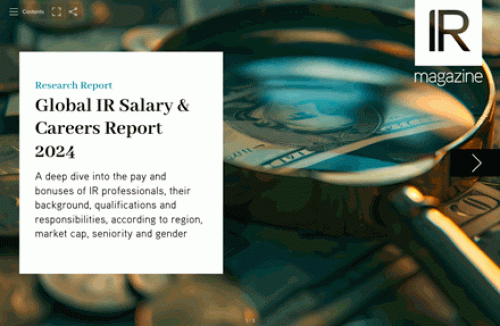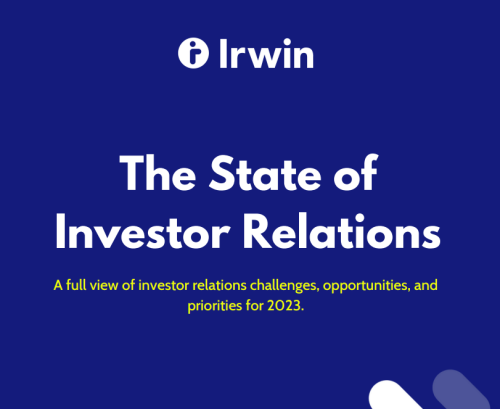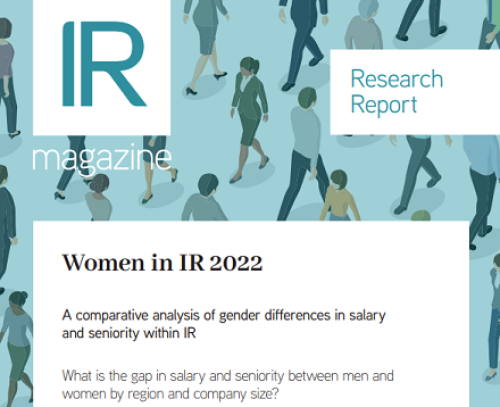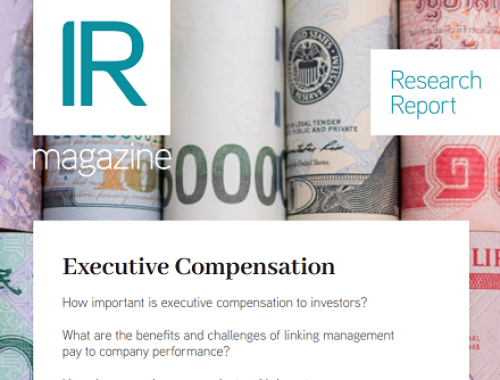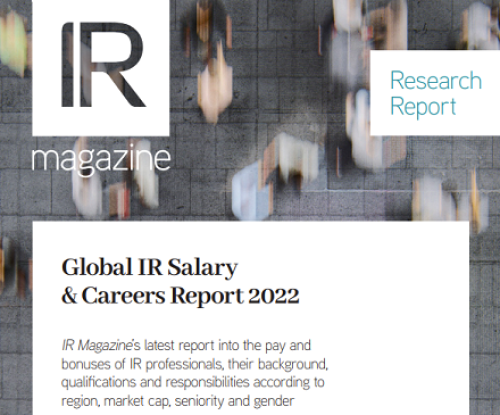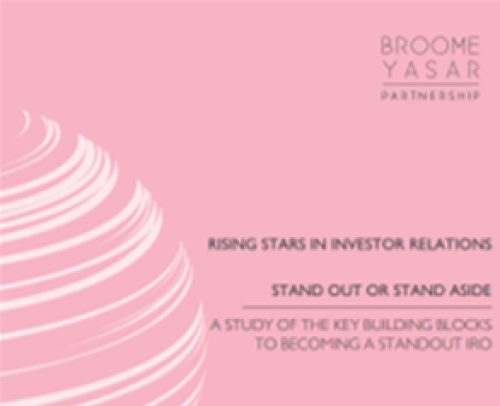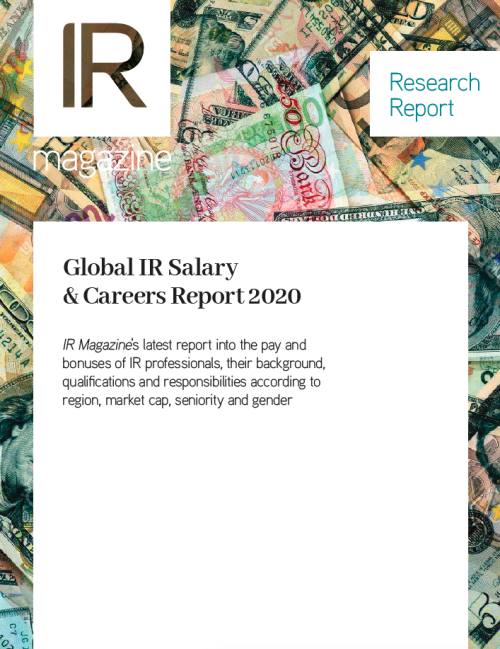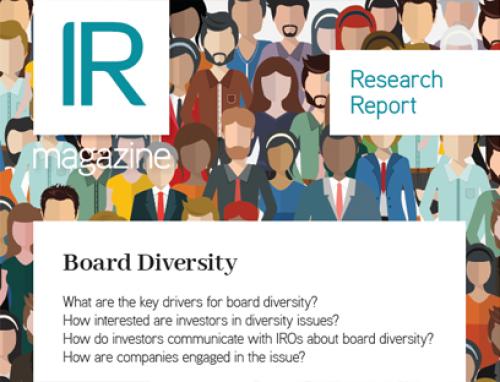Despite economic turbulence, Magnus Böcker, president of NASDAQ OMX and recently relocated to New York, is postitive about the future and a new regulatory framework
After six months in the US, Magnus Böcker has traded in his British-accented English for an American twang. But this Swede, formerly CEO of OMX and now president of the NASDAQ OMX Group, shows neither British reserve nor a New Yorker’s cynicism. He’s full of optimism even in late September, about halfway between the Lehman collapse and the US government bailout, having hosted visits from the president of Argentina and the deputy prime minister of Vietnam. He loves New York, he says, and he loves being in an industry that’s globalizing.
You recently announced a new London-based stock exchange. Why should it succeed where EASDAQ failed?
Everything has changed. NASDAQ OMX has new respect for how other markets work and a lot of European knowledge in the merged company. Europe has changed, and now has a far more mature trading and investment community than it had 10 years ago. The regulatory environment has also changed, with MiFID and other factors encouraging competition.
The London listing venue we’re preparing to launch next year is a natural link in the chain we’re creating. Look at what we already have in the US, the Nordic markets and Dubai; they all come together in London. If we do it right, our London exchange will be a natural centerpiece.
What will listed firms get from the new global listing center, also recently announced?
Whether a company lists first in the US, the Nordics, Dubai or London, it should be able to list in the others without any hassle. With ‘passporting’, you could get to them all: it will be easy for a US company to list in London but file with the SEC, or for a UK company to list in the US but report in IFRS under FSA rules.
Talks are under way: Australia has signed an MOU with the US, Sweden is close, and Dubai and Canada are looking at it. We don’t know all the details, but we’re sure passporting will be easier through an existing exchange.
We want our listed companies to be able to choose where to list and which regulatory regime is best for them. We also want to provide them with a choice of market tier, both in the US and abroad. In the US, there’s nothing between the OTC Bulletin Board or the Portal Market and a full-blown exchange, and there may be an opportunity there.
Europe, the US and the Middle East are covered by NASDAQ OMX – what about Asia?
There’s no such thing as Asia – not in the way there’s a US or Europe, each with its own regulatory system. China, for example, is not very open in terms of financial services, and while we offer Chinese companies a way to trade here in the US, there’s no compelling reason to take non-Chinese listings there. Same with India.
The three Asian markets we’re interested in are Japan, South East Asia and Australia. Outside the US, it’s more likely we will partner with other markets on our passporting initiative rather than start our own new exchanges.
NASDAQ OMX’s multilateral trading facility competes against Turquoise, Chi-X and BATS. From an IRO’s point of view, what will these dark pools do to equity trading?
In the US, we’ve seen liquidity go up phenomenally since Reg NMS opened up competition. Over time, that means higher valuations because the liquidity risk for investors is less. So if we can increase liquidity in Europe under MiFID, there will be a positive effect on valuations. The potential downside with dark pools – from the IRO’s perspective – is that transparency might be lost. You used to be able to call up your exchange and find out about turnover, for example. Now your stock trades in several different places and it’s much more complicated.
How is the current financial crisis affecting NASDAQ OMX?
The one thing we know for sure in this meltdown is that the equity markets are working. We’ve been open every day, taking care of enormous volumes. We have proven this setup works, especially compared with fixed income, so now we see opportunities. We’re looking very closely at how we could handle some of the markets that failed because they lacked liquidity and transparency.
The US will have a different regulatory environment going forward, and it will be good for us. We’re very positive about the Paulson Blueprint, which – we hope – will happen faster because of all the market turbulence. We definitely need more efficient, policy-based regulation. Until now it’s been so detailed that no one saw the risks. Everyone was looking at all the little trees and didn’t see the forest fire coming.

